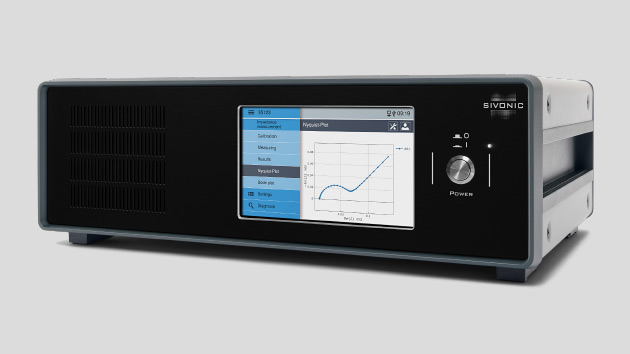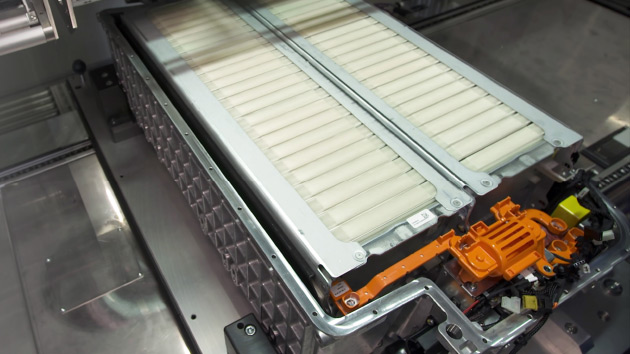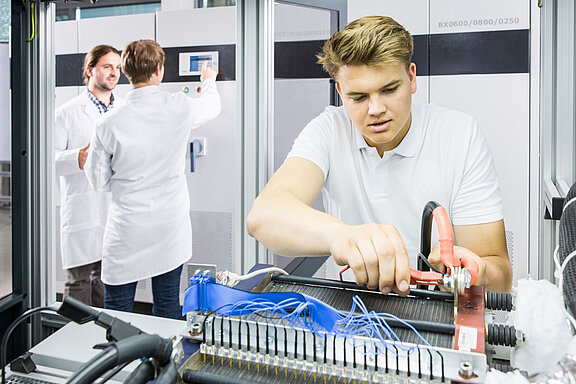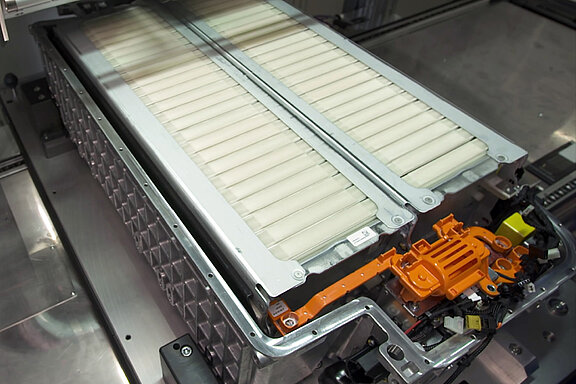Electrochemical impedance spectroscopy EIS is a modern method to investigate the electrical and electrochemical properties of fuel cells.
Electrochemical impedance spectroscopy allows the investigation and evaluation of the cells including their components such as catalysts, membranes (MEA) or the bipolar plates.
The entire stack can be examined during operation under different operating conditions, load conditions or current loads, as well as individual cells or cell groups during operation.
The fuel cells usually have very low impedances in the microOhm range [µΩ] . Due to the constant increase of the active area of the fuel cell, during the further development, the electrochemical impedances become smaller and smaller (the electrochemical impedance is inversely proportional to the active area).
For the impedance spectrum, the fuel cell is excited (modulated) with a sinusoidal current. The modulation current is up to ±50A. The resulting voltage is measured with amplitude and phase over a wide frequency range.
The impedance is calculated from the modulation current and the resulting modulation voltage.
The impedance spectrum is created by the different measurement frequencies.
Frequencies in the kilohertz range are used to determine high-frequency impedances such as membrane resistance. Frequencies above 10 to 20 kHz provide little additional information.
The impedances in a low frequency range provide information about the electrochemical behavior of the fuel cell.
The investigation of fuel cells requires test benches (e.g. HORIBA FuelCon) in order to operate the fuel cells in the desired working range.





![Electrolysis [Translate to Englisch:]](/fileadmin/_processed_/c/5/csm_img_Vorschau_Applikationen_Elektrolyse_010bb10ebc.jpg)
![Corrosion [Translate to Englisch:]](/fileadmin/_processed_/b/0/csm_img_Vorschau_Applikationen_Korrosion_1a39355e33.jpg)
